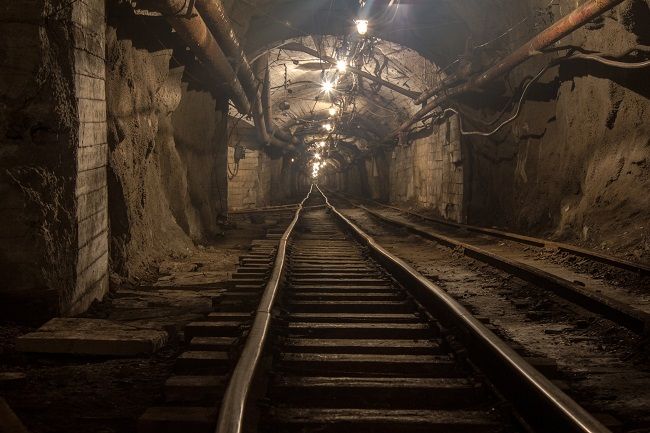What is Happening to the Gold Supply Chain?
Posted onGold prices are often cited as a simple example of how supply and demand works. However, beneath this basic dynamic is something far more complex: the gold supply chain. Supply involves more than just mining yields. It also involves intricacies like recycling operations, transportation, and refinery  activity. In the months following the COVID-19 outbreak, all three of these components have experienced significant shocks.
activity. In the months following the COVID-19 outbreak, all three of these components have experienced significant shocks.
Consider gold recycling, which commonly represents approximately 25% to 30% of the available supply. Of this total, an estimated 90% is considered high-value gold consisting of jewelry. The remaining 10% is industrial recycled gold sourced from electrical components. This portion of the total, while small, has great potential as technology continues to expand its out-sized role in our lives.
Research from the World Gold Council determined that even the high point of gold recycling (2009) captured only 1% of the above ground stock. The 2009 high point represents another characteristic of gold recycling which is that it tends to increase as economic conditions become unfavorable. The global economic crisis was taking its toll in 2009. Another example of this principle can be seen in the late 1990’s Asian Financial crisis which was responsible for a 19% boost in gold recycling.
By this logic, gold recycling should be increasing today given record high unemployment numbers. However, this is not the case. In fact, recycling activity fell to just 4% of the gold supply on a year-over-year basis in the first quarter of 2020. The reason: social distancing and shelter-in-place measures dramatically hindered activity.
Next, let’s look at transportation, which is necessary for moving gold from mining operations to refineries. This part of the supply chain relies on road, air, ship and rail activity. Again, social distancing and government mandated shutdowns put heavy pressure on these areas. Moreover, of the few flights occurring during the pandemic, many were reserved exclusively for medical supply transportation. This disruption has significantly increased the cost of moving gold as the number of commercial flights dropped from approximately 100,000 per day to roughly 30,000 a day.
Finally, refinery operations also experienced a downshift in operations as a direct result of the virus. By the end of March, three of the largest refineries in the world halted all activity in an effort to slow the spread of COVID-19. As the World Gold Council explains, “the consequent reduction in global refining capacity – approximately 1,500t of gold annually – meant that bars and coins could not be produced in the necessary forms as quickly as needed.” Other refineries in Africa and the U.S. also temporarily ceased operations in response to the global health crisis.
These three factors illustrate the complexity underpinning the gold supply/demand dynamic that, on the surface, appears so simple. The value of gold is tied to much more than miners ability to pull it from the ground and the consumer’s appetite. Gold prices hinge on the ability to get the raw material into the hands of buyers. In recent months, that chain has been disrupted. The good news is that easing restrictions are reintroducing activity into recycling, transportation, and refinery activity all of which will favor investors.
Want to read more? Subscribe to the Blanchard Newsletter and get our tales from the vault, our favorite stories from around the world and the latest tangible assets news delivered to your inbox weekly.









